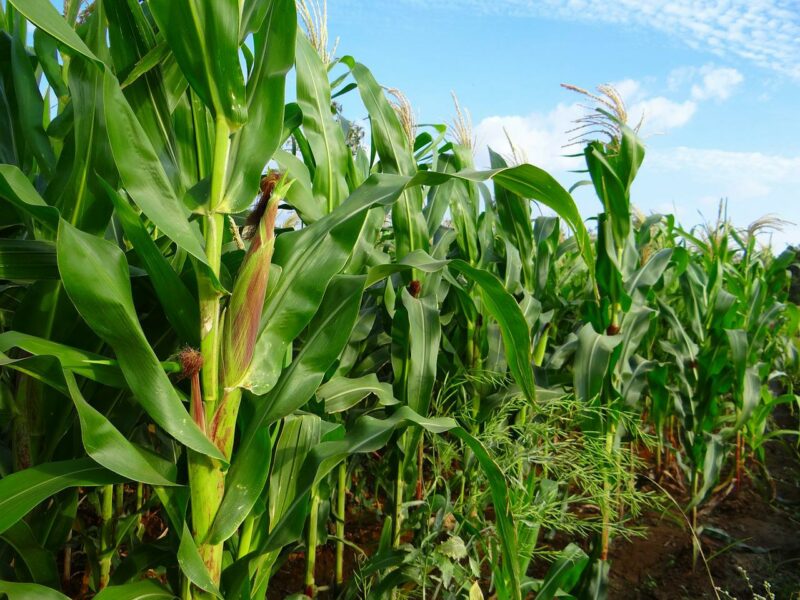CO₂ is an important resource for photosynthesis and its low availability in the atmosphere has been a major limiting factor to plant growth for millennia. This has led some plant groups, particularly grasses, to evolve a photosynthetic pathway that concentrates CO₂ and makes photosynthesis more efficient under low CO₂.
AuthorBrad Ripley
Brad Ripley is a Professor, Department of Botany, at Rhodes University.
I am a plant ecophysiologist, specialising in the response of natural vegetation and crop systems to climate change. This includes understanding the role of climate and increasing atmospheric CO2 concentrations on the ecophysiology and ecology of C3 and C4 grasses, woody thickening of savanna systems, and climate change effects on invasive plants, plant food value and biological control. In crop systems I am interested in how elevated CO2 mitigates effects of increased temperature and drought on plant productivity and yield. I am also interested in the implications of these eCO2 and climate induced changes on the management of systems and the use of tools such as fire and biological control agents.

